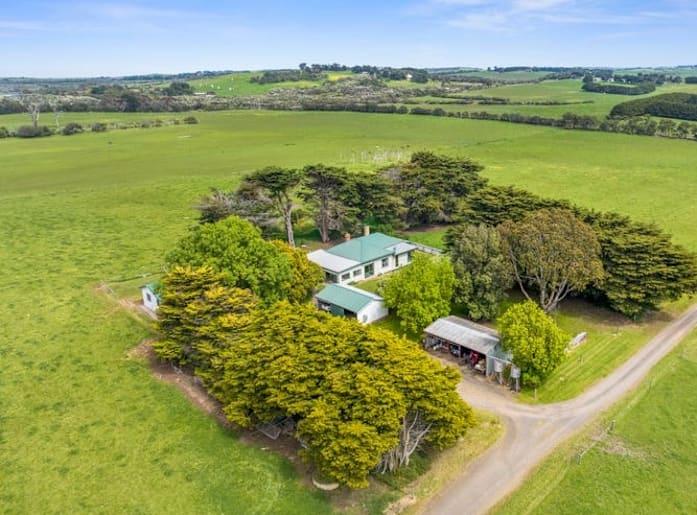The Victorian Farmers Federation has laid bare the ineffectiveness of the Victorian Government’s rate capping policy to protect farmers from constantly increasing rates.
The situation is of particular concern in coastal areas where speculative purchases of well-located farms is driving up prices beyond their commercial value.
VFF President Emma Germano said rate capping had failed to stop some regional councils forcing rate increases onto farms well in excess of what is reasonable or sustainable.
“Councils are failing to use their differential rating power to equalise rate increases across different classes of land. The burden of funding local government is shifting more and more onto the agricultural sector,” Ms Germano said.
“These tax hikes show that Victoria’s rate capping system is broken.
“It is completely unfair to have rate increases exorbitantly high for one group of ratepayers, but have no increase or even a reduction in rates for others.”
VFF analysis of all council budgets for the year 2024/2025 shows 19 regional councils increasing farm rates above the state government rate cap of 2.75%, whilst residential rate increases remain at or below the cap.
Among them are several Gippsland councils including Bass Coast (average residential increase 2.21%, average farming increase 6.21%), South Gippsland (Residential 0.05%, farming 10.14%) and Wellington (Residential 2.86%, farming 5.36%).
The statement from VFF head office is nothing new to Bass coast VFF President Bill Cleeland who was one of only eight people to make a submission to the recent Bass Coast Budget process.
“We got a 20% differential in place some years ago but with continual increases in rates, even at the rate cap level of 2.75%, that has been completely eroded,” Mr Cleeland said.
“You need a lot of property these days to be able to make a commercial go of farming. It’s an income creating asset but we’re getting taxed for it. It would be like taxing Harvey Norman for the number of refrigerators they have on the floor.
“It’s simply unfair to be taxing farmers on their capacity to make a living simply because someone down the road sold their property for an increased amount.
“The farm rate on the Mornington Peninsula is 35% of the general rate, I think, but they’re still paying a lot of rates. We’re seeing farm values around the coast, from Inverloch to Phillip Island, going the same way as farms on the Mornington Peninsula and we really need to be adjusting the differential we have down.”
Mr Cleeland said he was pleased that the council at least acknowledged at budget time that there needed to be a review of the Bass Coast farm rate but he was disappointed it was scheduled to come after the elections.
“They said they’ll look at it again starting in November and I’ll be applying to be a part of that but we’ll have a new council in place and we’ll be starting again from scratch on what the issues are.”
The rubbber hits the road at Bass Coast farms when new rate notices arrive on the kitchen table either late July or earliy August.
Emma Germano, who farms at Mirboo North, said the heavy increase in farm rates, based on the comparative rise in farm values over other classes of property, was impacting improvements in farm efficiency.
“Unfair rate increases take money away from farmers investing in their businesses, growing more food and fibre and providing local employment opportunities. Ultimately this either drives up the cost of food or puts farmers out of business or both,” Ms Germano said.
Farming representative on the South Gippsland council, Cr Scott Rae, acknowledged the increase in farm rates above the average and would be happy to see the shire’s farm rate reviewed.
The VFF’s recent submission to the Victorian Parliament Inquiry into Local Government funding and services recommended the government require councils to apply the rate cap to each class of land.
“The annual cap determined by the Essential Service Commission should be applied to residential, farming, commercial, industrial and any other differential land category,” said Ms Germano.
“Increasing farmland values have no bearing on famers’ ability to pay exorbitant rates bills.
“The fundamental principle should be that as the value of farmland increases, the differential rate is adjusted to reduce the rate in the dollar so that the rate burden paid by the farm sector remains stable. This approach has been applied with great effect in the Ararat Rural City Council for the past seven years.
“This system would ensure a fairer distribution of the rate burden between land types. It would also put pressure on councils to look for greater efficiencies and cost savings rather than passing costs onto particular land types,” Ms Germano concluded.











